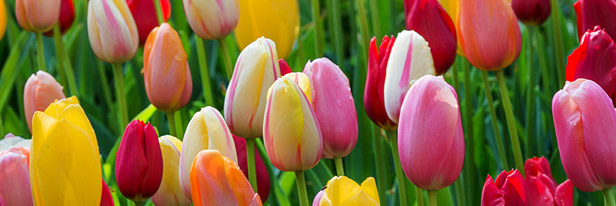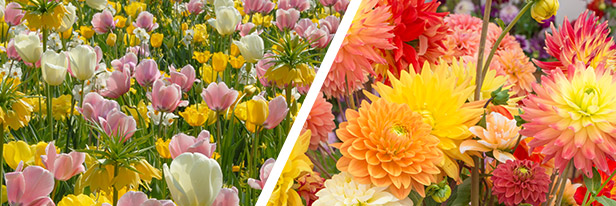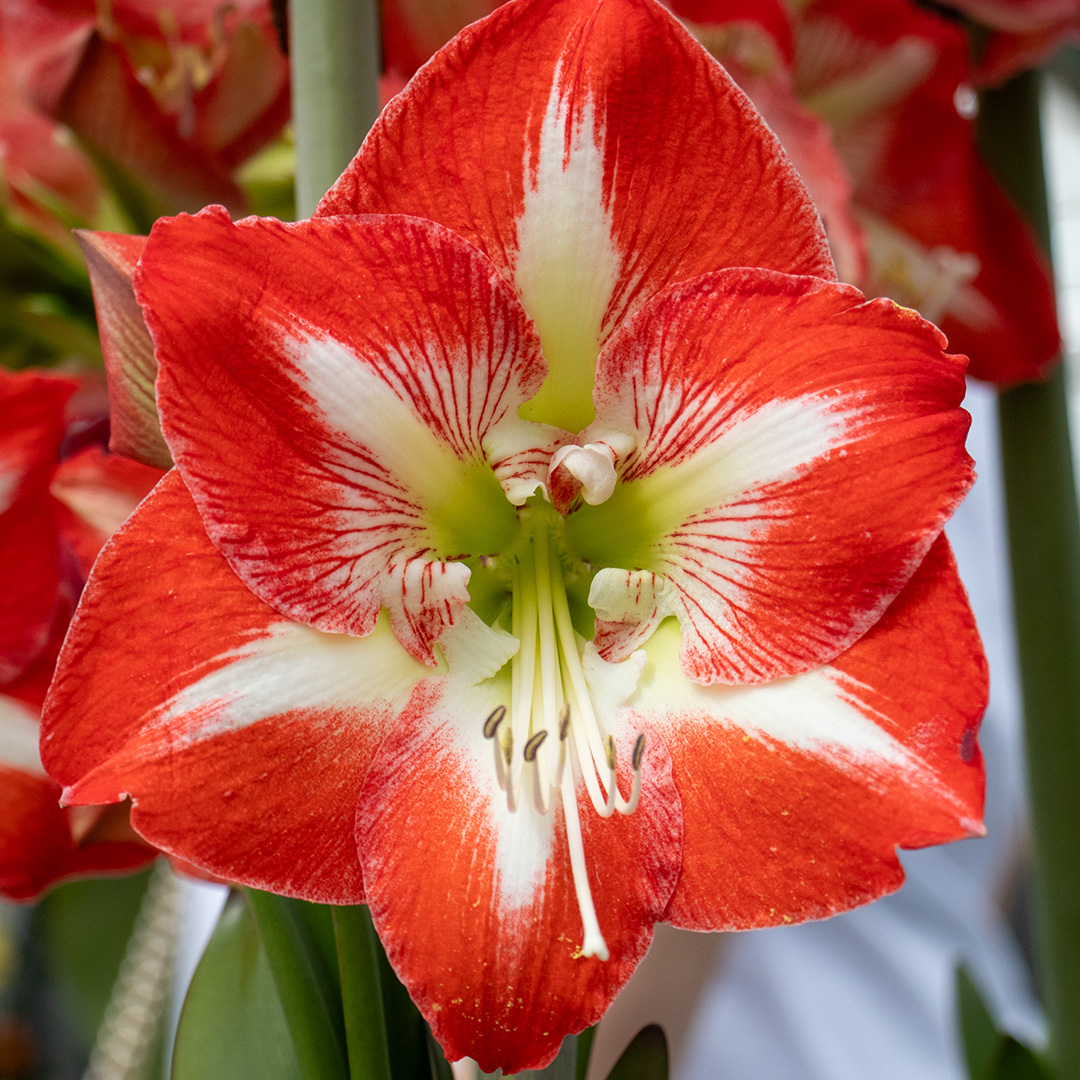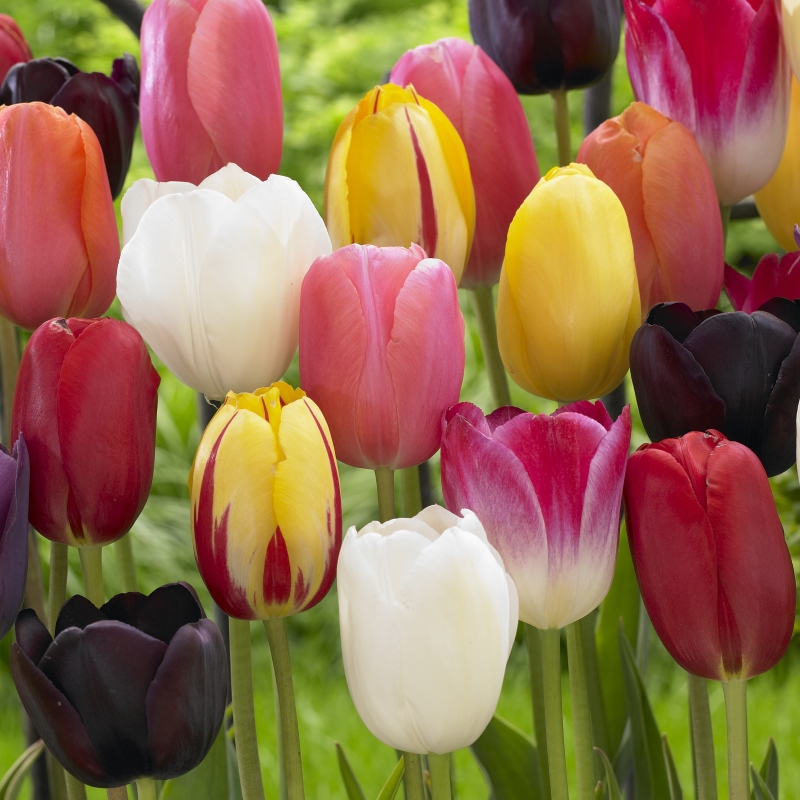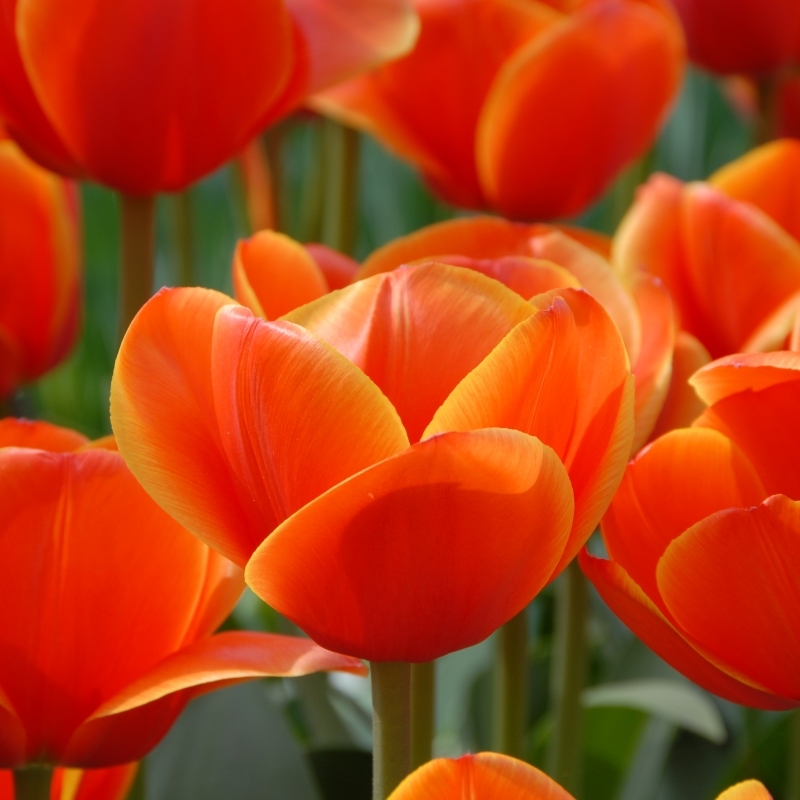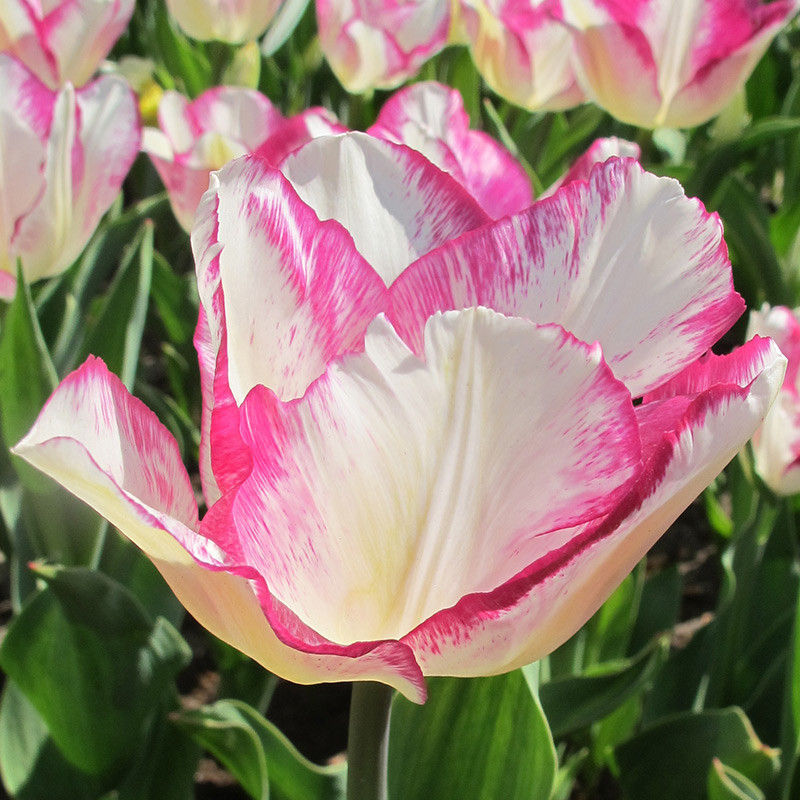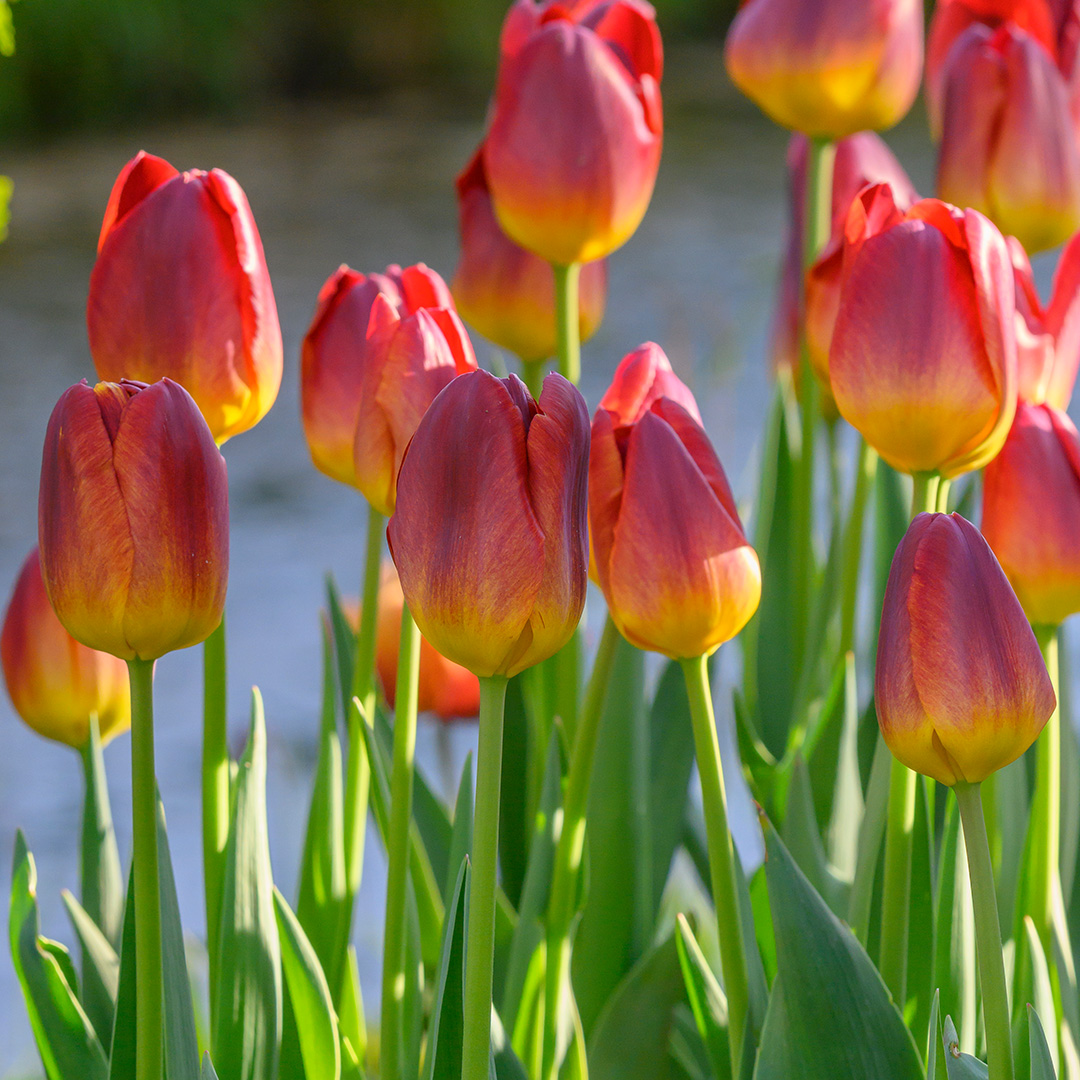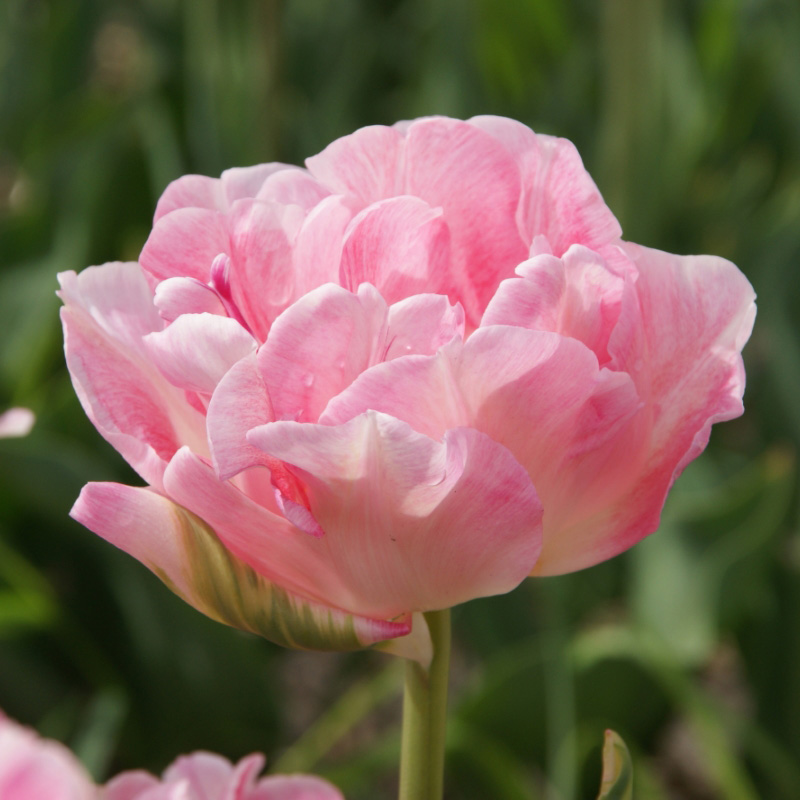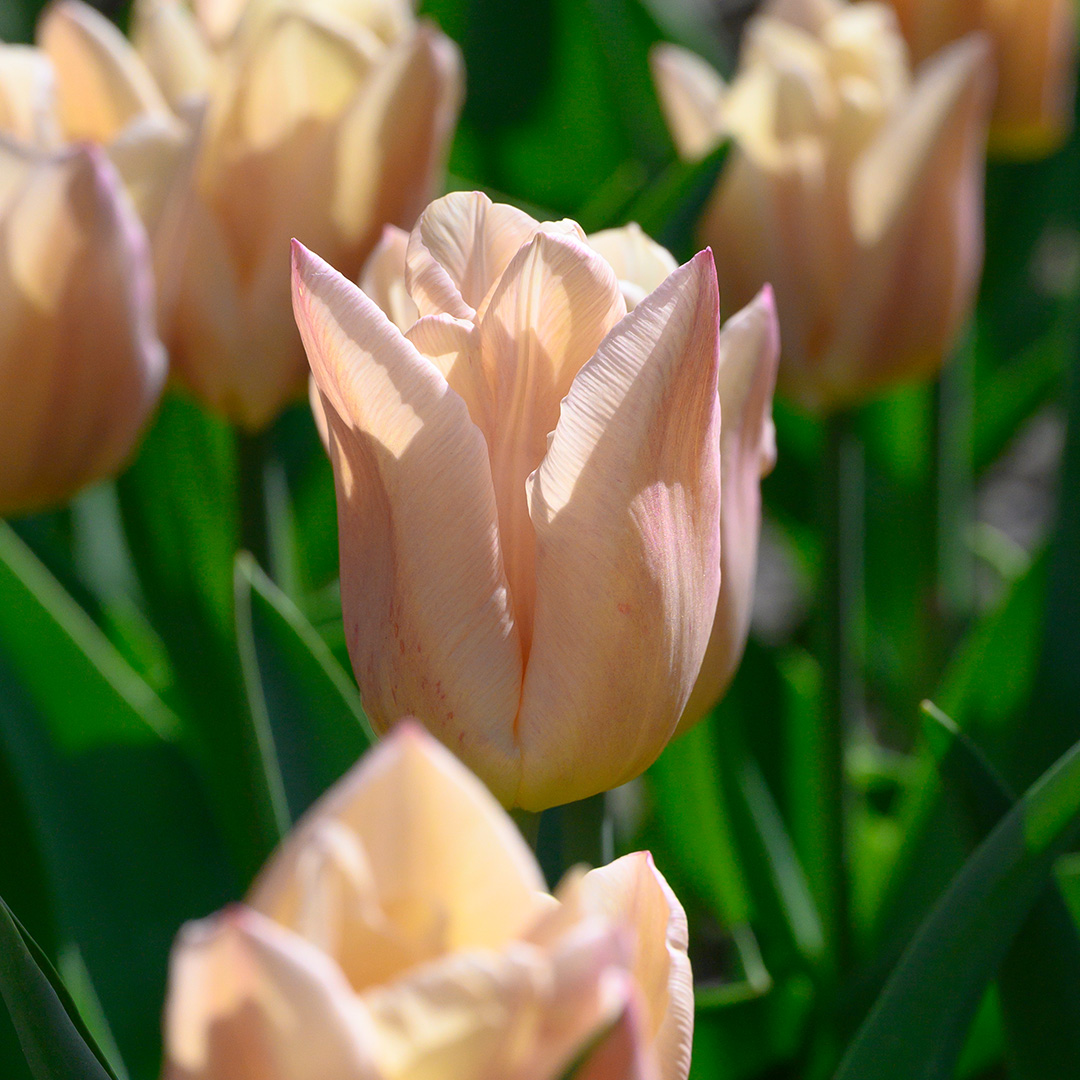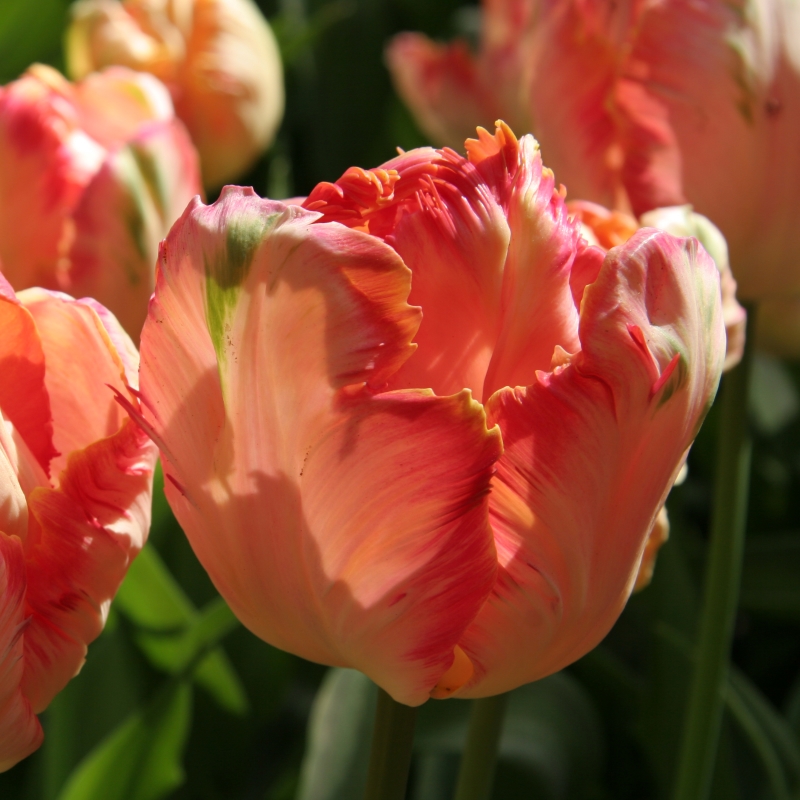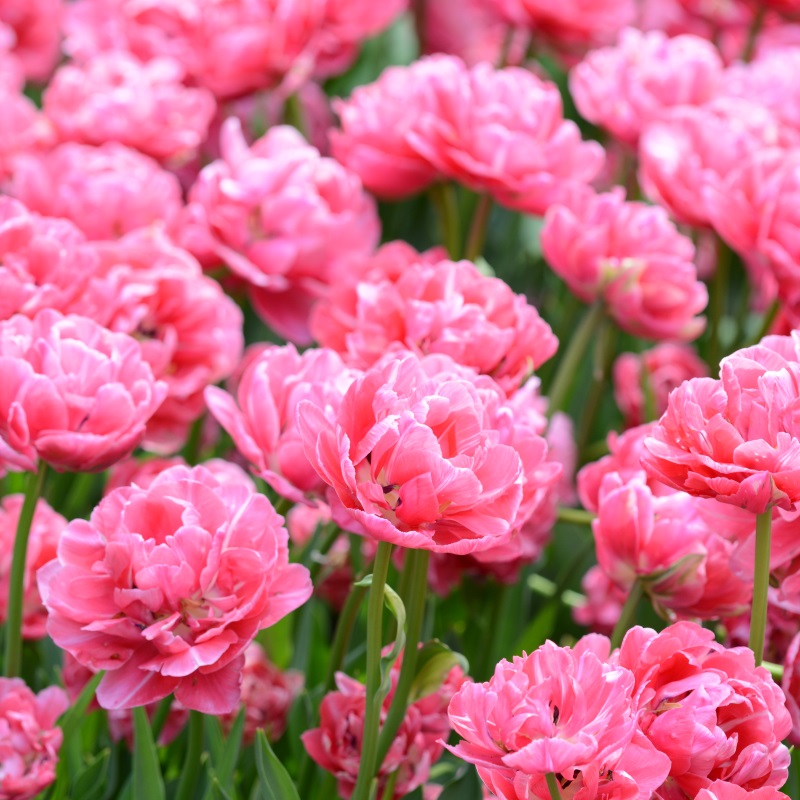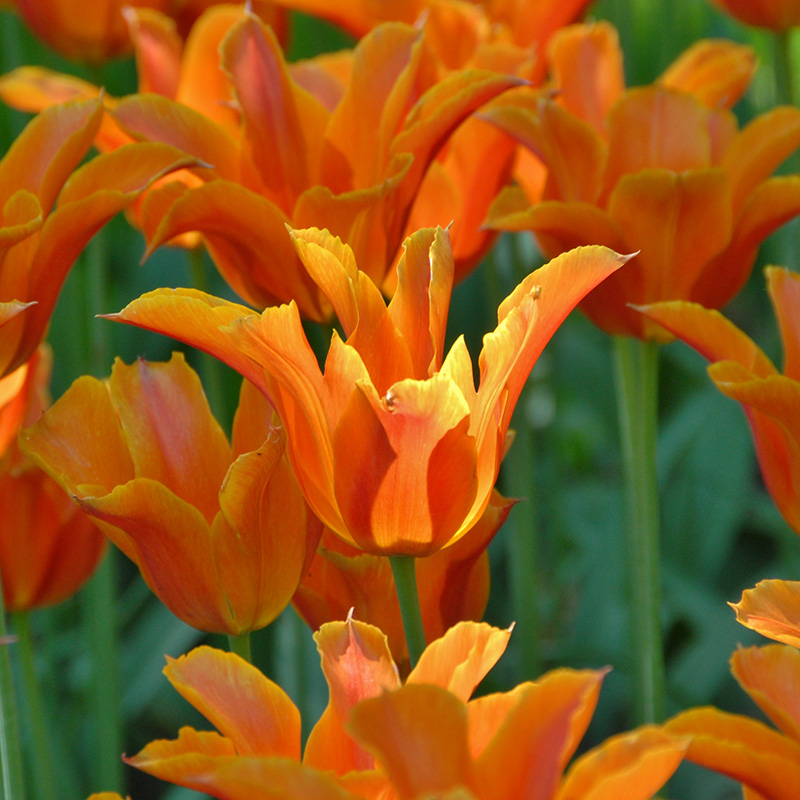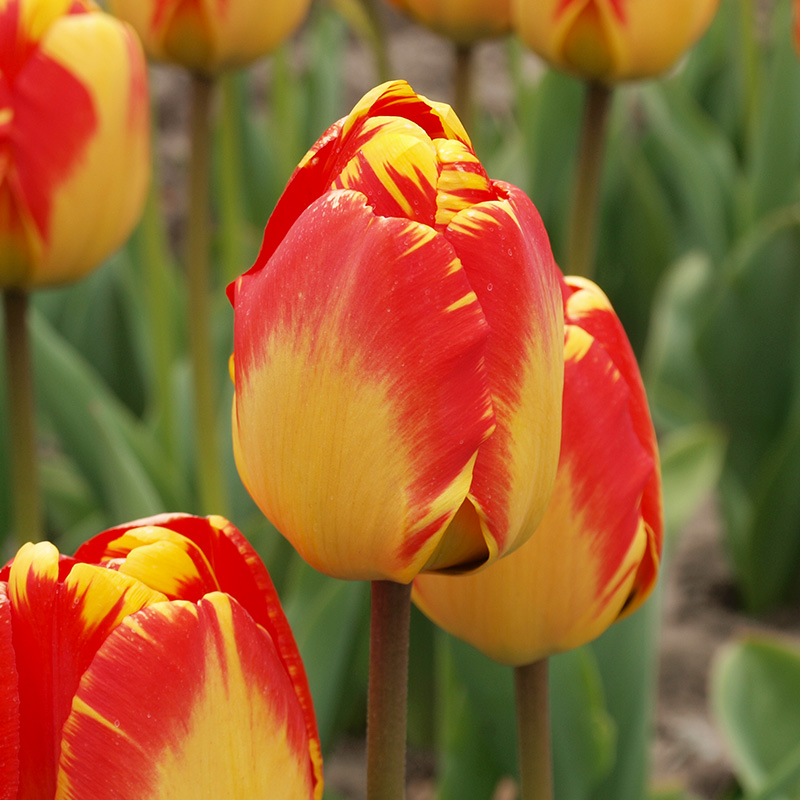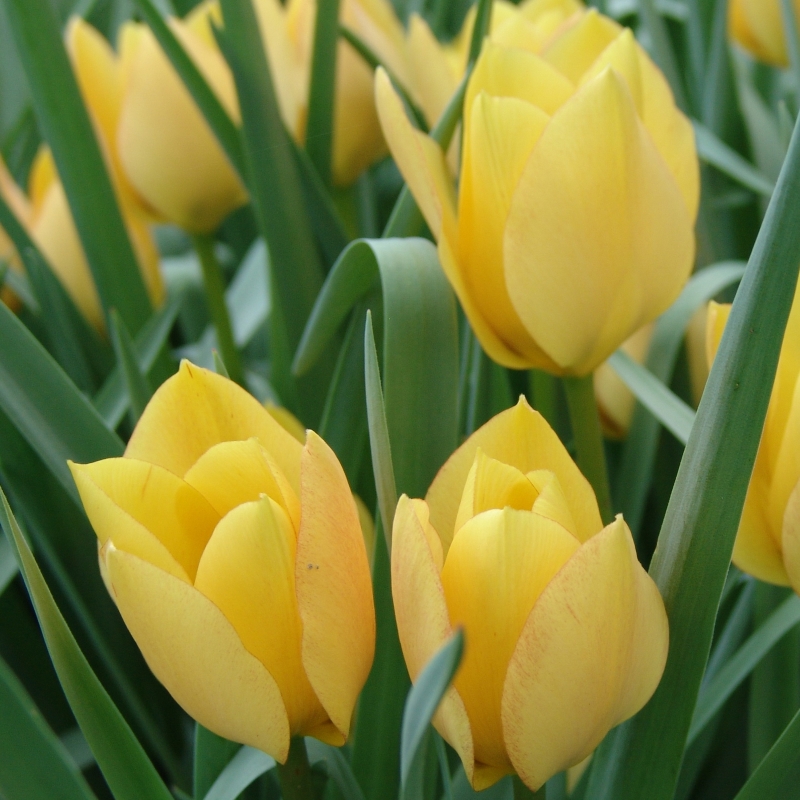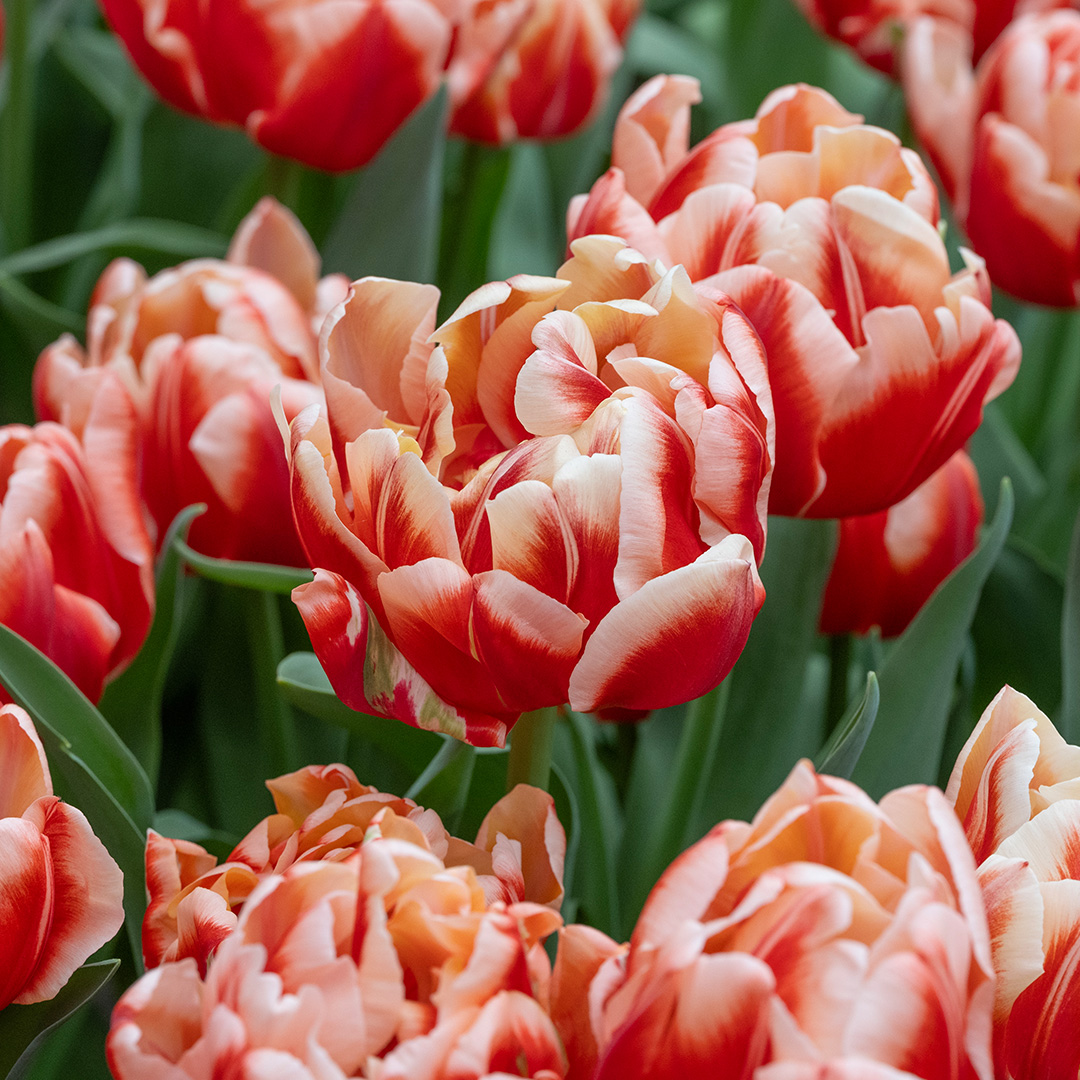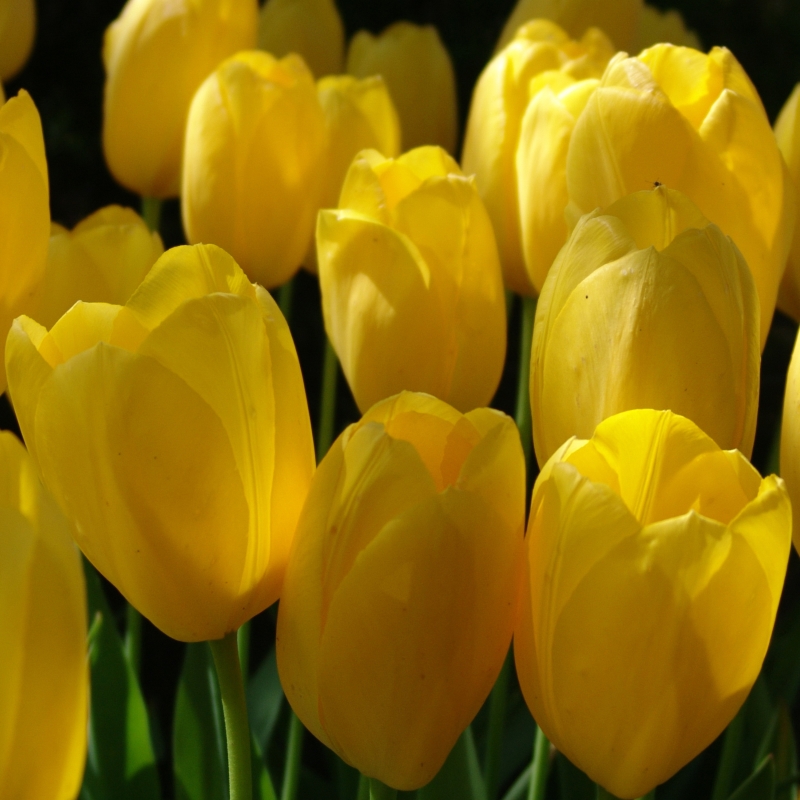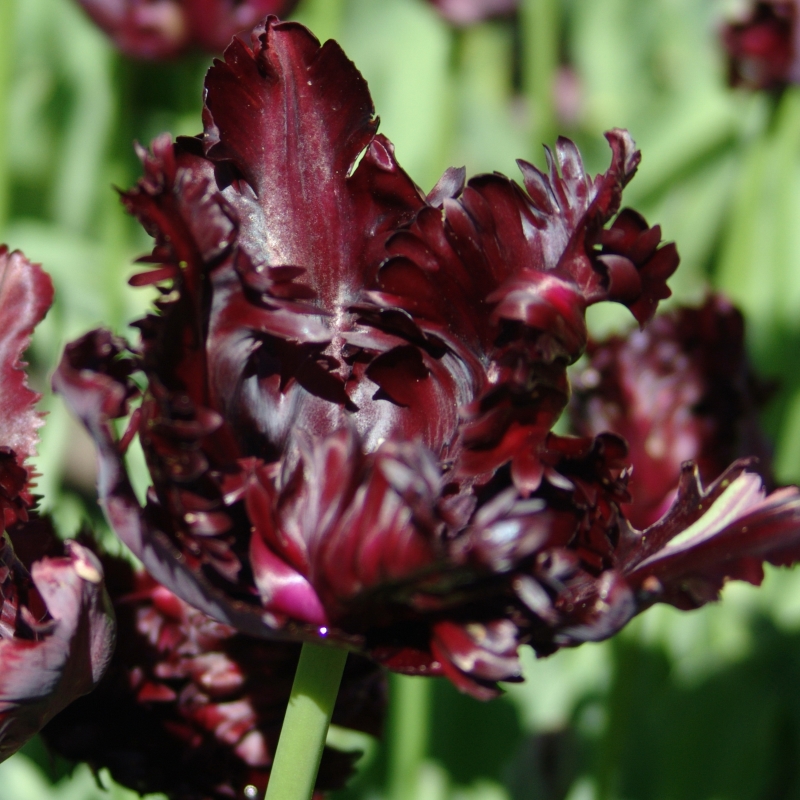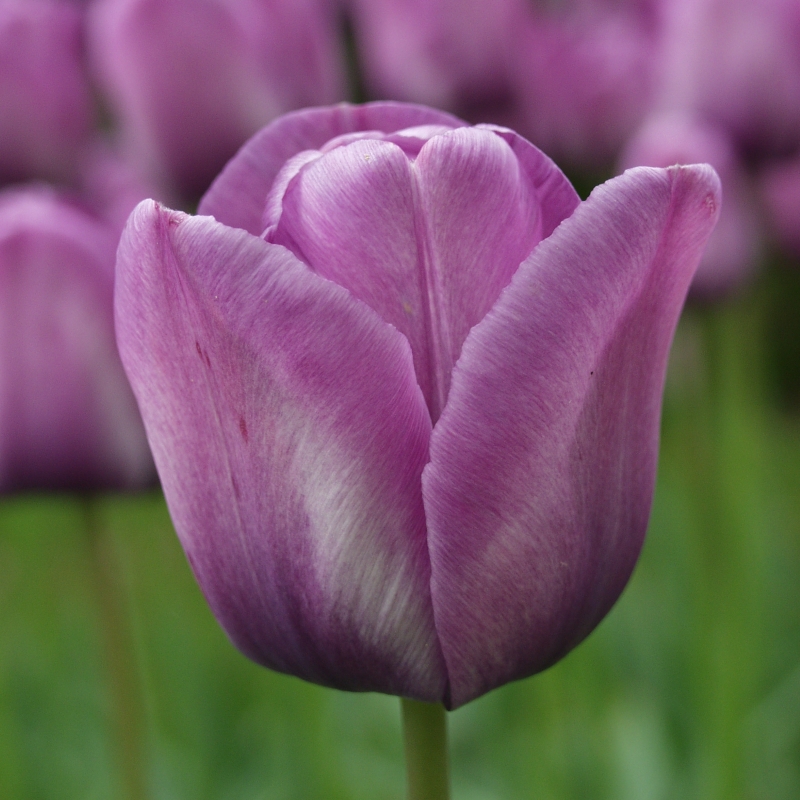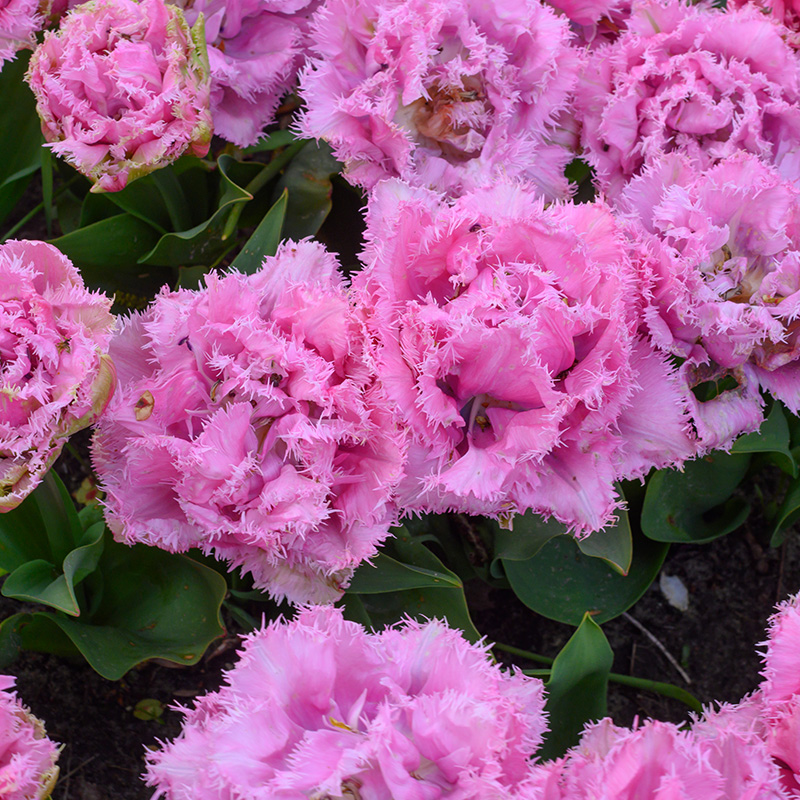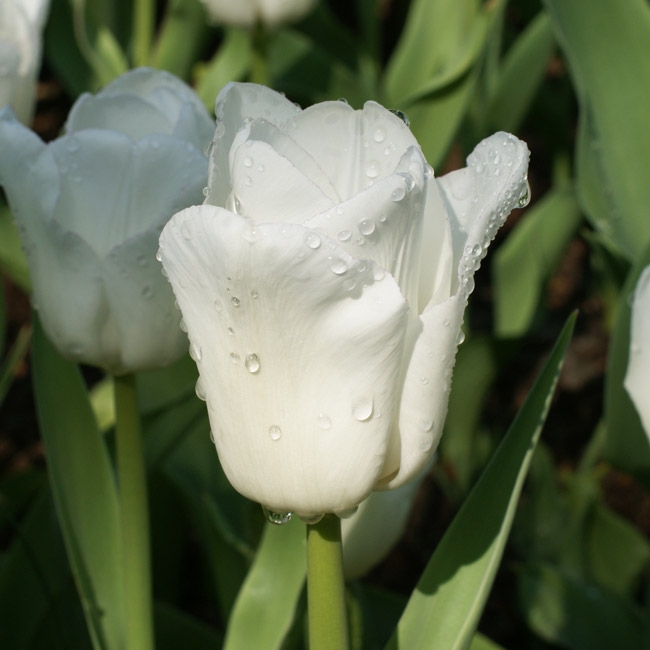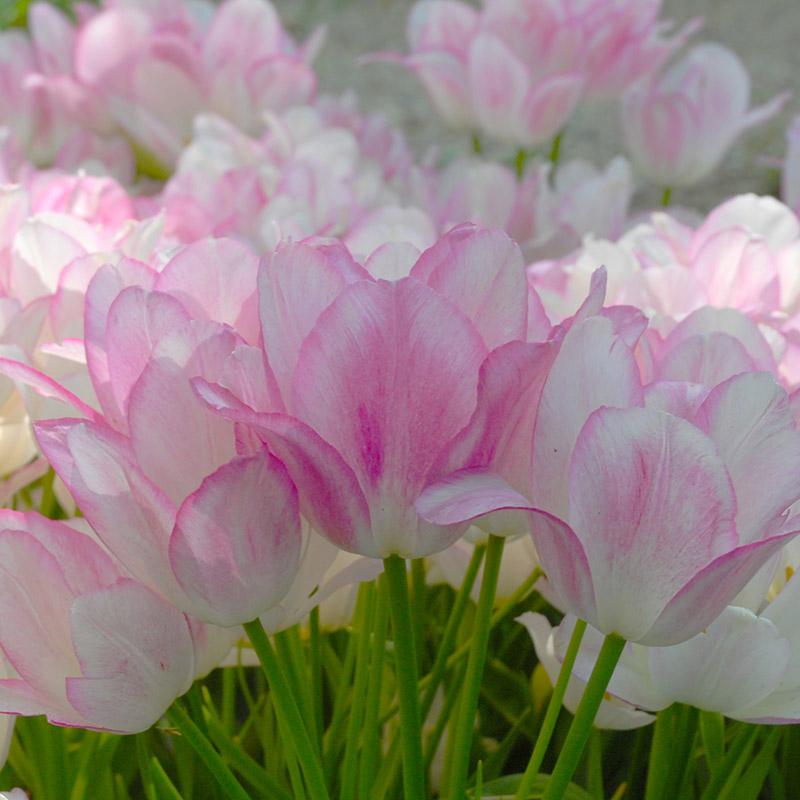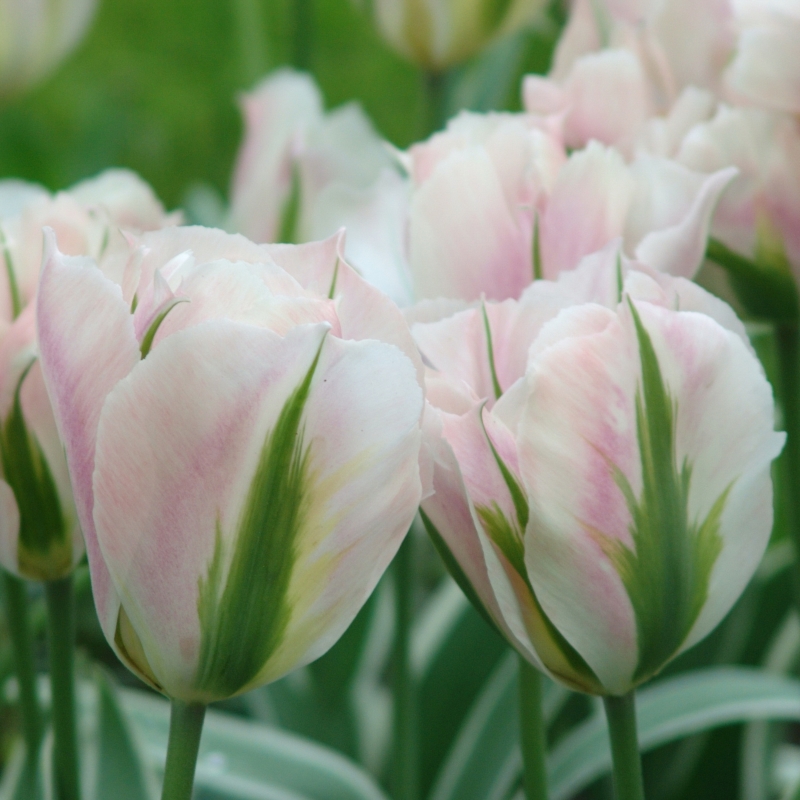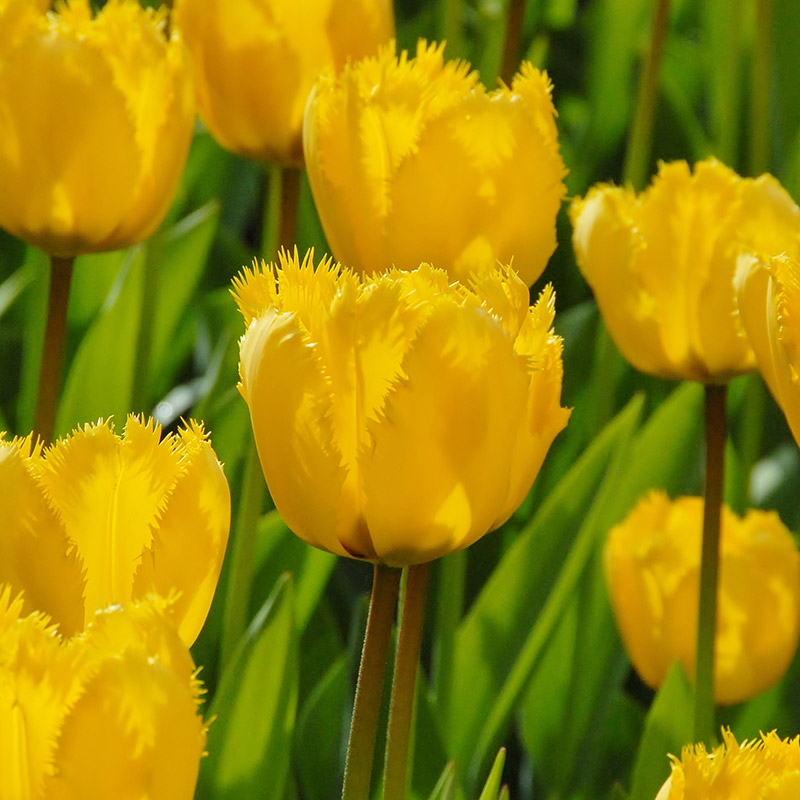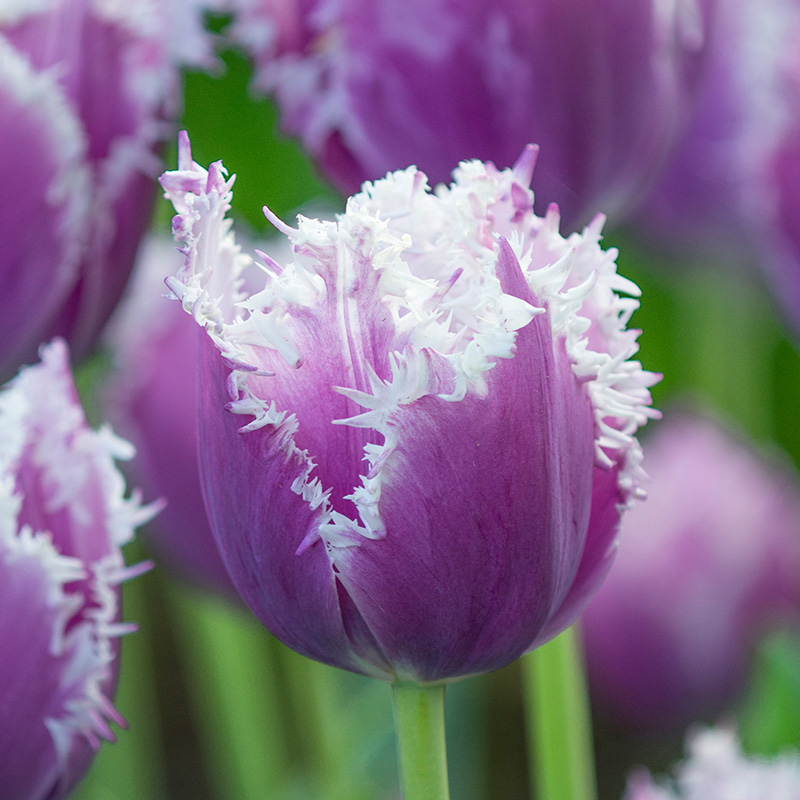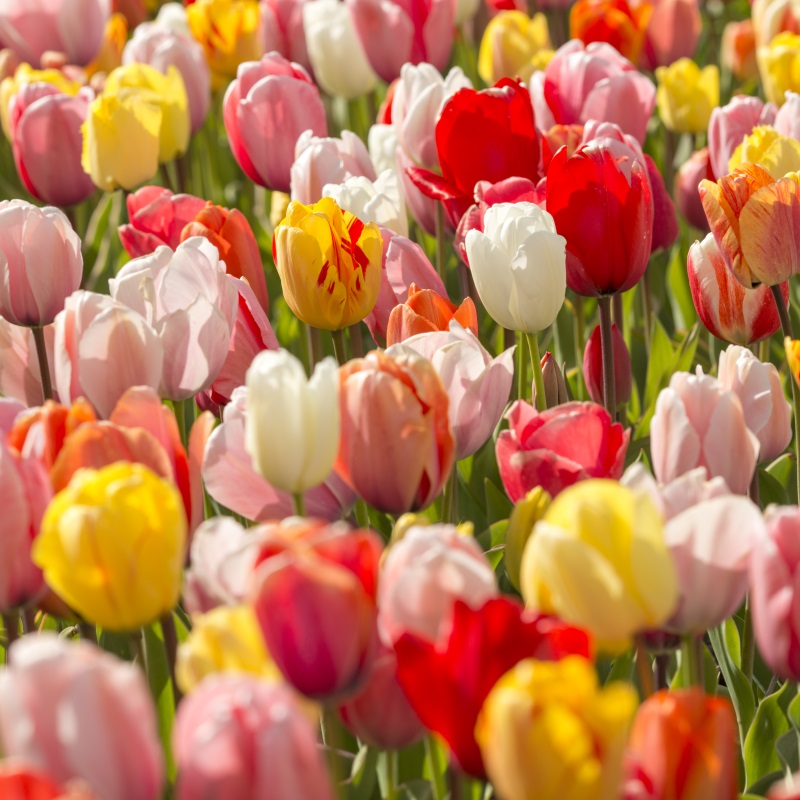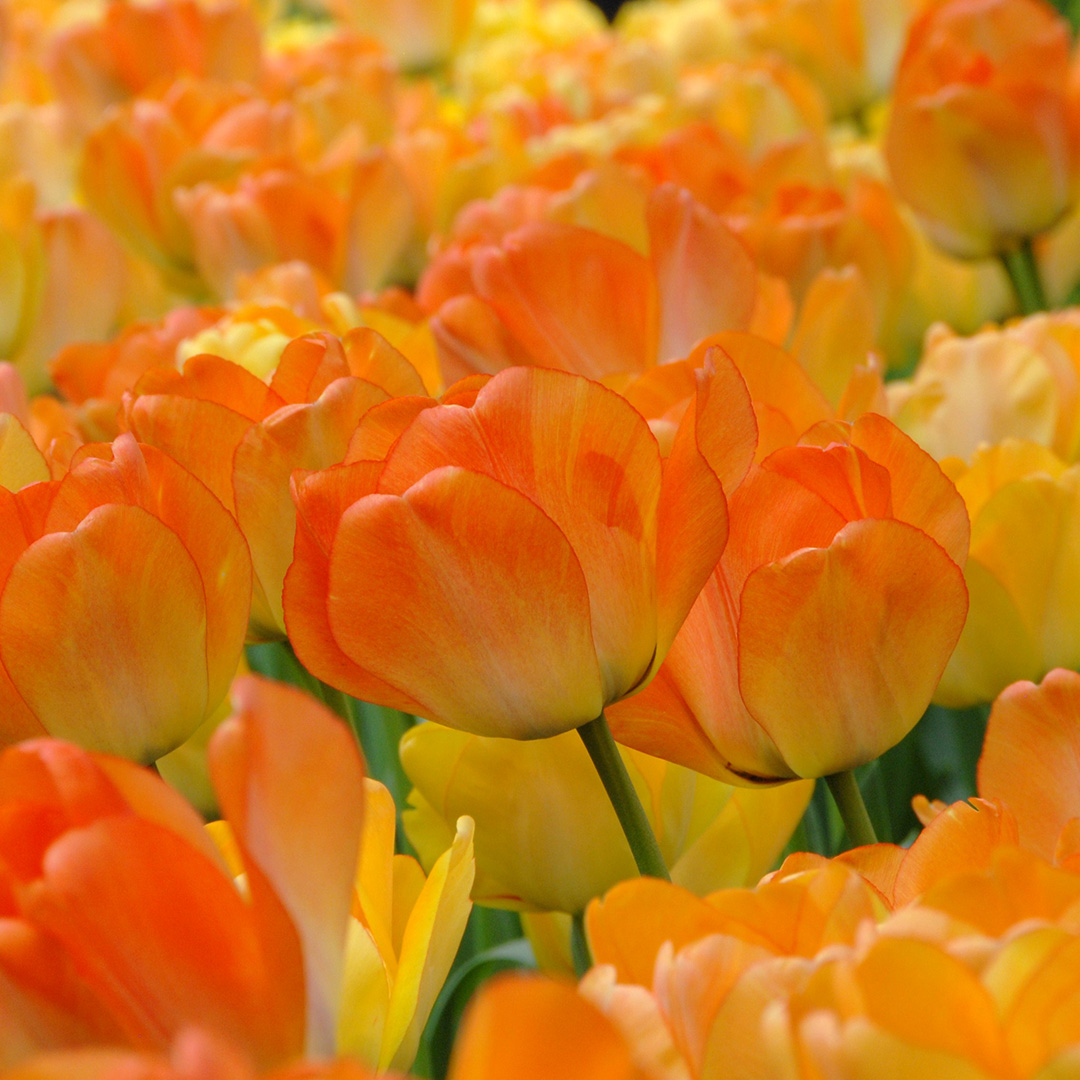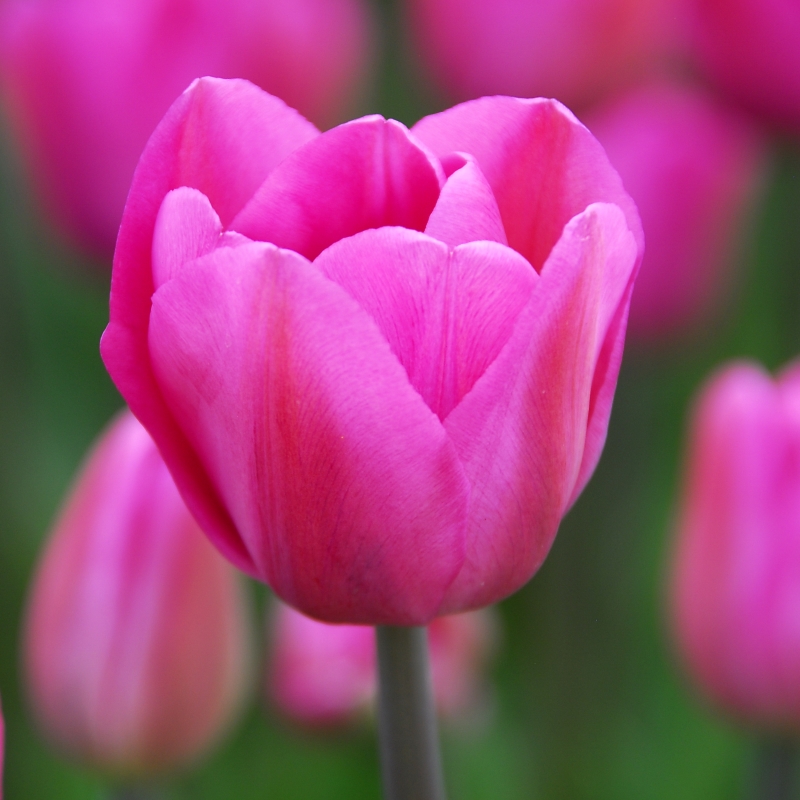
Planting Spring Bulbs in the US and Canada
Have you ever been to Keukenhof, are you planning to go next year or are you going to order spring bulbs, such as tulips, to plant your own small Keukenhof in your garden? Whatever your plan is, we will give you some important information and tips, especially for ordering spring flowering bulbs for the US and Canada.
Which spring flowering bulbs come back every year?
Many spring flowering bulbs are suitable for naturalizing, which means that they come back every year and multiply. Examples are Crocuses, Daffodils, Alliums, Grape Hyacinths, and even some naturalizing tulips. The QFB Gardening range contains more than 100 naturalizing bulbs. Curious which bulbs these are? Go to spring flowering bulbs and click on 'filter'. Click 'yes' at naturalizing and activate the filter, so you will see all the Naturalizing Bulbs!
The bulbs have finished flowering, now what? Do not cut the flowers when they have finished flowering because this is where they get their energy from in order to reproduce. The naturalizing bulbs will produce new bulbs on their own, so you can enjoy another explosion of colors the following spring.
Please note: This treatment is only valid for naturalizing spring bulbs, other bulbs, that naturally only bloom once have to undergo a different treatment in order to try to force another bloom.
Which bulbs are deer and rodent resistant?
Many customers, especially in the US, are looking for bulbs that are deer and rodent resistant. There are some spring flowering bulbs that are deer resistant and therefore not at risk of being eaten. Important to know: If bulbs are resistant to deer, it is usually because they are poisonous. So be careful if you have children or pets in the house.
The most popular deer-resistant flowers: daffodils, irises, hyacinths, alliums, fritillaries. Bad news: Tulips are not deer resistant.
Are all flower bulbs suitable for all regions?
To get the best results out of your flower bulbs, it is important to consider the hardiness zones. Hardiness zones indicate whether the flower bulb can survive in a particular area. Hardiness zones are based on the average minimum temperatures of each zone. Factors such as sun, wind, rain or snow can also affect the minimum temperatures.
Each product on the QFB Gardening website indicates which hardiness zone is needed for perfect growth. You can find the hardiness zones for each area also here: plantmaps.com
Can spring blooming flowers be planted in areas without winter frost?
Spring flowering bulbs are planted in autumn, because they need a cold period to grow well. The temperature of the soil should be 50 °F or lower during planting. The temperatures at which tulips will grow best in winter are from -/- 17.5 °F to +/+ 46.5 °F. At this temperature, the root system is formed. Low temperatures keep the tulips from rising above the ground too early in the spring. If the tulips emerge too early, the leaves and flowers can be damaged by late night frosts.
Spring flowering bulbs can also be planted in areas without winter frost. However, to do this, winter must first be simulated so that the bulbs bloom in the spring.
This is how it’s done: Place the bulbs in a ventilated bag (the best choice: paper bags, mesh bulb bags, or new vegetable bags with holes) in a refrigerator at the usual refrigerator temperature of 40° F to 45° F for at least six to eight weeks, starting in mid October, to simulate a winter period untill about 12 to 14 weeks. Remove fruit (especially apples) in the refrigerator, as the ethylene gas given off by all ripening fruit kills the flower in the bulbs. Store the bulbs in the refrigerator until planting. Bring them directly from the refrigerator to the planting site.

